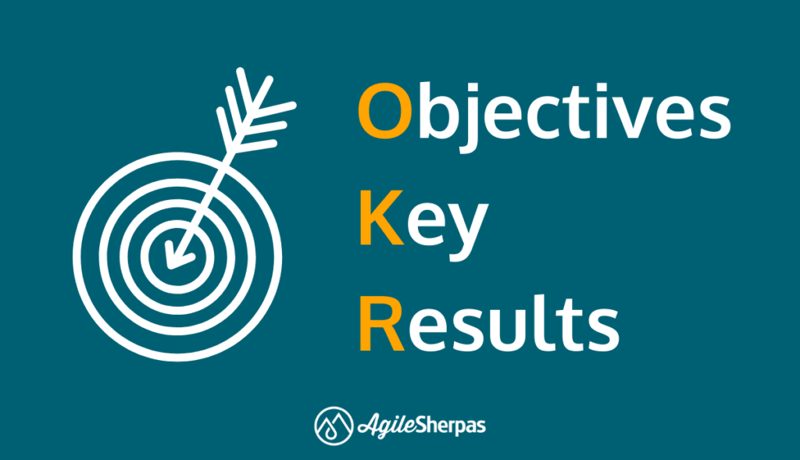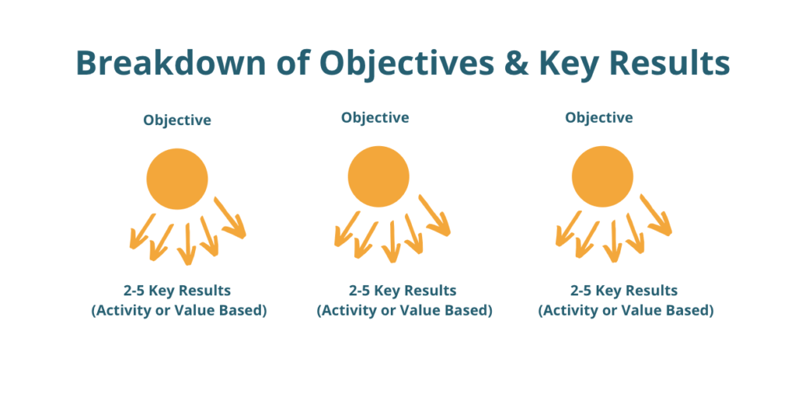Improve your Marketing Ops every week
Subscribe to our blog to get insights sent directly to your inbox.
Confront your process problems head on with a Sherpa by your side.
Explore support options that are tailored to meet you wherever you are on your climb.
Learn from the stories of marketers already on the road to process improvement.
Featured Resource

State of Agile Marketing
Learn from 8 years of study on how marketers are increasing their agility.
Download Report
This post is part of an AgileSherpas series on how to prove the value of Agile marketing with hard data. Raviv Turner, a certified marketing analyst and partner at AgileSherpas, will show you how to implement, measure, and improve your Agile marketing practice, no matter which framework (Scrum, Kanban, Scrumban) or Agile project management tool you use (Jira, Aprimo, Workfront, CoSchedule, Wrike, Asana etc’)
Disclaimer: These articles assume that you already know why you should do Agile marketing, and even what you need to do, you just don’t know how to do it. If that’s not the case, this article is a great place to start.
The Agile mindset and corresponding practices are making their way steadily into marketing tactics, but when it comes to strategy, goal setting, and planning our old command-and-control tendencies can return. Most marketing organizations are still using an annual, waterfall, top-down process to create a set of static goals for an entire year. While comfortable, this process conflicts directly with Agile ways of working. Instead, we need to define our Agile marketing goals using OKRs (Objectives and Key Results), the goal setting framework adopted by Google, Twitter, LinkedIn, Dropbox and more. Here’s what that looks like, and how to get started.
First and foremost, we need a working definition of OKRs: OKR is an acronym for Objectives and Key Results.

Its origins can be traced back to Peter Drucker in 1954 when he invented MBO (Management by Objectives). MBO was largely used by Intel at the time, and later became widespread. John Doerr, an ex-Intel employee and early advisor to the Google founders Larry Page and Sergey Brin, is credited with evolving the MBO approach into the current OKR format.
As the name suggests an OKR is broken down into: Objective: the goal you wish to achieve. Your objective should be aspirational, memorable, and qualitative. The Key Results: results we want to achieve on the way to successfully achieving the objective. A general rule of thumb is to have no more than 2-5 key results per objective.
Key results should be:
Let's look at a few marketing-specific OKR examples to see how Agile marketing teams can align their marketing work with the business:
Double the number of monthly blog subscribers.
Get half of all existing content on the first page of Google SERP (Search Engine Results Page).
The above examples include activities, but they aren’t just about movement. It’s easy to stay busy forty hours a week, but movement doesn’t always deliver outcomes. OKRs can help transform your marketing activities into business value by:
In a bottom-up, Agile mindset, you want most of your tactical OKRs to be set by the individual marketing execution teams in alignment with the strategic OKRs set by the marketing leadership. There are lot of ways to document OKRs, but I like using Doerr’s goal formula.
The example below is tailored for marketing: We will [Marketing Activity] to deliver [Business Outcome] as measured by [set of Key Results] For example: We will [launch the new campaign] to [increase customer satisfaction] as measured by [NPS metric] and/or [churn rate metric]. Remember, Agile marketing OKRs are designed to describe an outcome — the impact you wish to achieve — but not dictate how it could be achieved.
A common mistake is describing an output rather than an outcome as your OKR. Something like “Launch campaign X” is not an OKR; it’s not the objective, it’s an output. “Launching campaign X to generate $$$ pipeline,” is the outcome.
By encouraging the move away from working on marketing activities and toward aligning with business goals, OKRs help you to create a culture focused on measuring and delivering value. OKRs can also have a positive influence on marketing strategy by encouraging reflection and learning. Last but not least, OKRs can help you prioritize the marketing backlog.
If a marketing activity doesn’t speak directly to one of the OKRs, it’s pushed to the bottom of the backlog or removed altogether. Instead of committing to deliver X by Y date, the marketing team commits to iterate towards the agreed business outcome. Now that we’ve covered how to establish OKRs in the Agile marketing context, you need to track your progress towards their successful completion. In my next post we’ll tackle how to prioritize your marketing backlog using OKRs, and the best way to run an OKR standup meeting. If you would like to learn more about OKRs, below is some recommended reading:
Felipe Castro on OKRs
Radical Focus by Christina Wodtke
Measure What Matters by Doerr
Subscribe to our blog to get insights sent directly to your inbox.
Subscribe to our blog to get insights sent directly to your inbox.